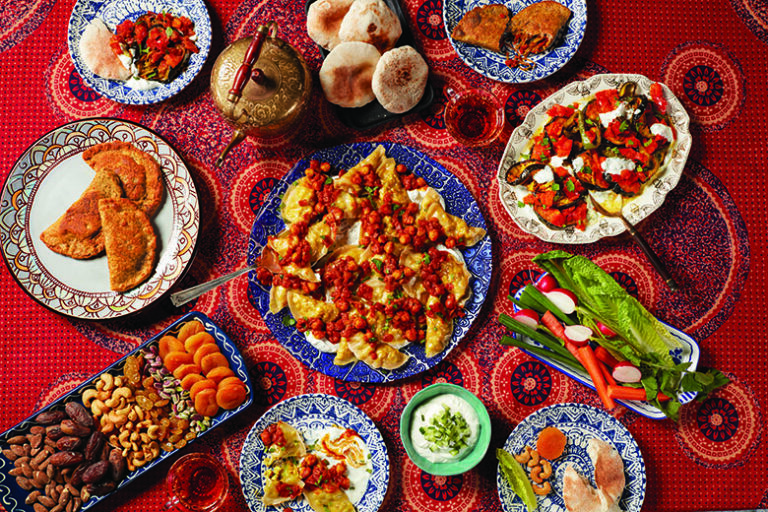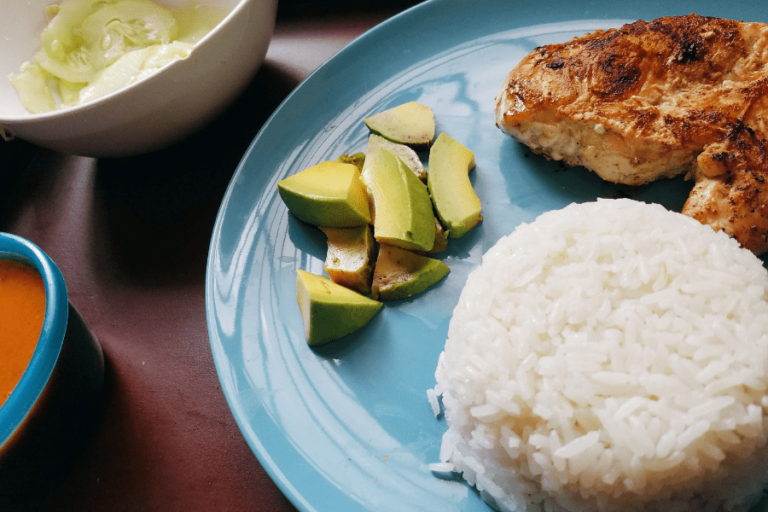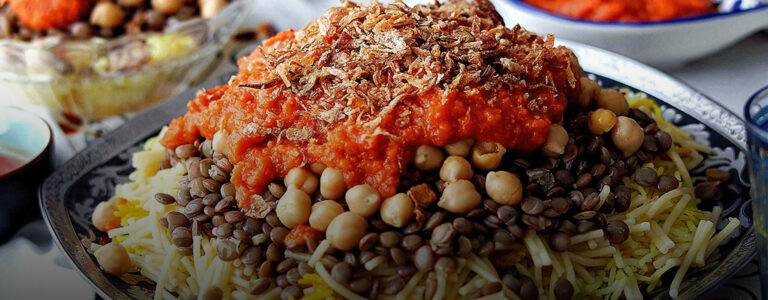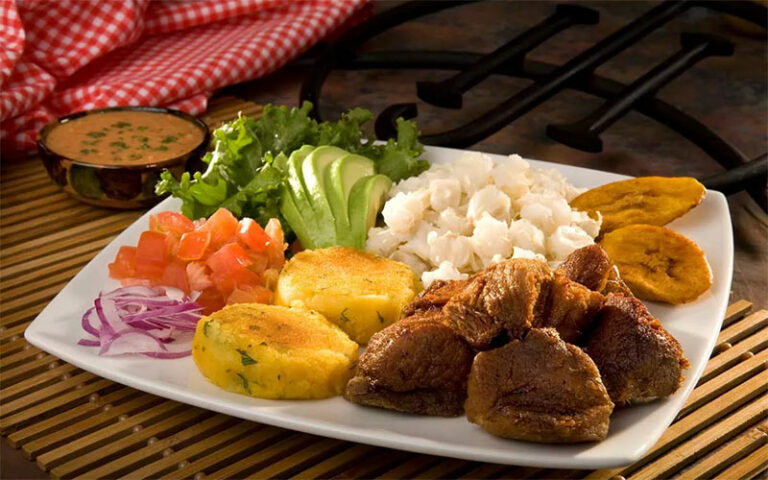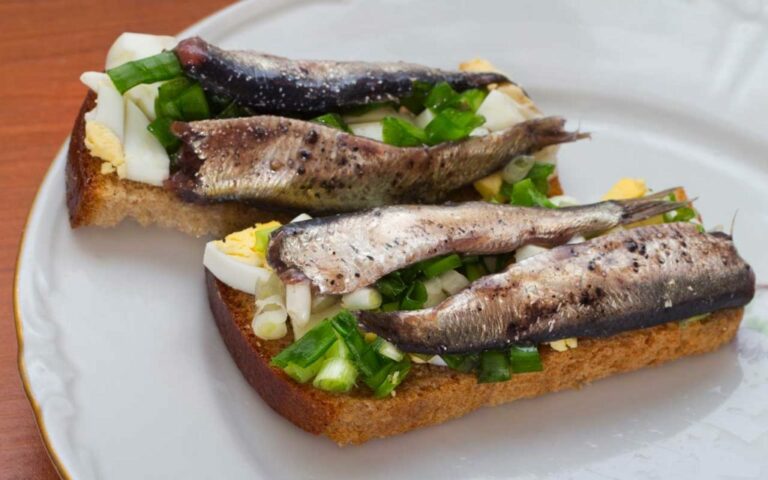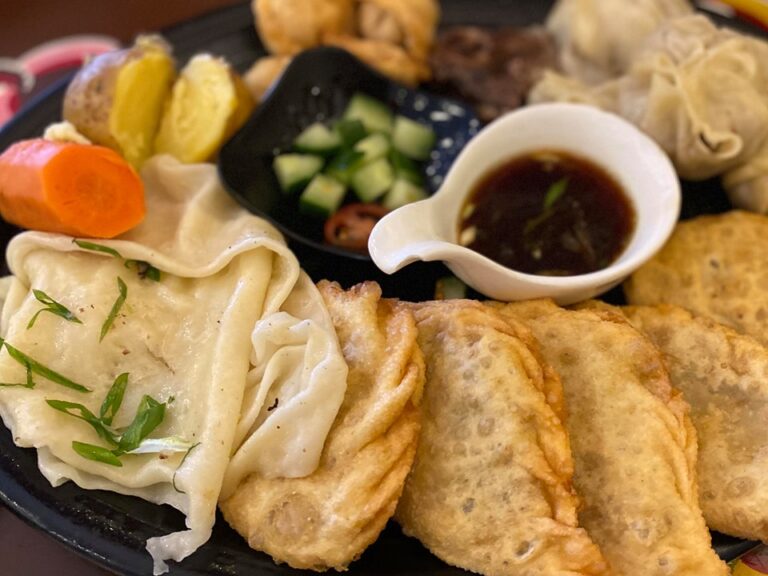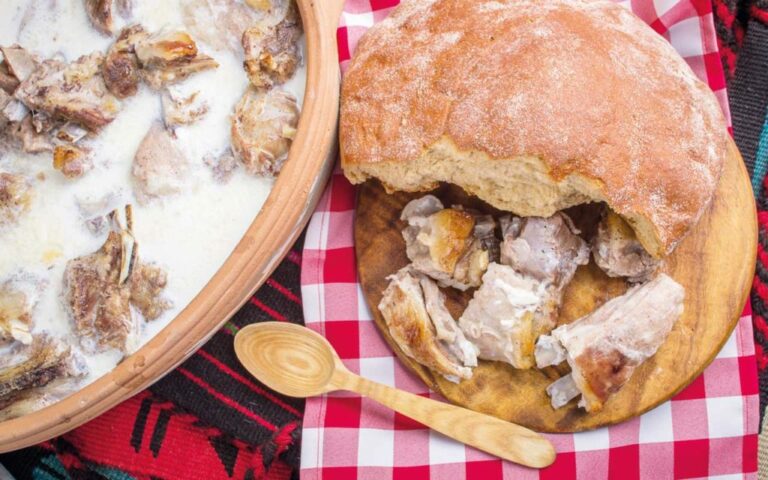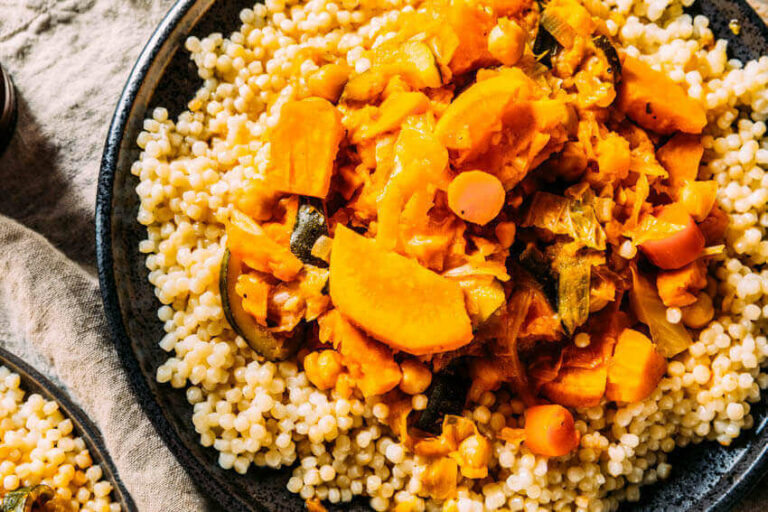Introduction: The Charm of Afghan Street Food
Afghanistan, with its rich history and diverse culture, has a cuisine that is unique and authentic. The country’s street food is no exception. Afghan street food is simple, delicious, and made with fresh ingredients, reflecting the country’s rural and agricultural background. The food is often prepared on the spot, giving off a tantalizing aroma that attracts people from all walks of life to try it out.
Traditional Afghan Street Food: A Culinary Journey
Afghanistan’s traditional street food has its roots in the country’s rich culinary history. The cuisine has been influenced by the flavors and spices of neighboring countries, such as Iran, India, and Pakistan, but it has developed its unique taste over thousands of years. The food is often served on small carts or makeshift stalls on the streets. These vendors have long been an integral part of the culture of Afghanistan, as they offer affordable, tasty food that is accessible to everyone.
Exploring the Flavors of Afghan Cuisine
Afghan cuisine is known for its bold and aromatic flavors. Some of the most popular spices used in Afghan cooking are cumin, coriander, turmeric, ginger, and garlic. These spices are often used to flavor meat dishes such as kebabs, qormas, and stews. Vegetables such as eggplant, okra, and spinach are also commonly used in Afghan cuisine. Afghan street food offers a wide variety of flavors, from savory to sweet, and every bite is sure to tantalize the taste buds.
The Simplicity of Afghan Street Food
Despite its bold flavors, Afghan street food is often simple and straightforward. The food is made with fresh ingredients, and the recipes are often passed down from generation to generation. The vendors take pride in their work, and they strive to offer the best quality food to their customers. Afghan street food is not only delicious but also healthy, as it is made with ingredients that are natural and locally sourced.
Authenticity at Its Best: Afghan Street Food
Afghan street food is authentic, representing the country’s culture and traditions. The food is prepared using traditional methods and techniques that have been passed down for generations. The vendors often use homegrown ingredients that are unique to the region, adding to the authenticity of the food. Eating Afghan street food is a way to experience the culture of the country and connect with the people.
Popular Afghan Street Foods You Must Try
Some of the most popular Afghan street foods include kebabs, a skewered meat dish often served with bread and yogurt; qormas, a meat or vegetable stew served with rice; bolani, a type of stuffed flatbread; and samosas, a fried or baked pastry filled with meat or vegetables. Other popular dishes include mantu, a type of dumpling filled with meat and spices, and ashak, a type of pasta filled with leeks and served with meat sauce.
Homegrown Ingredients in Afghan Street Food
Afghan street food is often made with ingredients that are locally sourced and grown in the region. These ingredients are unique to Afghanistan, adding to the authenticity of the food. Some of the ingredients commonly used in Afghan street food include lamb, chicken, chickpeas, lentils, and fresh herbs such as cilantro and mint. Vegetables such as tomatoes, onions, and peppers are also commonly used.
Conclusion: Discovering Afghan Street Food
Afghan street food is a perfect representation of the country’s culture and traditions. The food is simple, authentic, and delicious, offering a culinary journey to anyone who tries it. The street vendors take pride in their work, and the food they offer is a testament to the richness and diversity of Afghan cuisine. If you ever get a chance to visit Afghanistan, do not miss out on the opportunity to try some of the country’s amazing street food.


